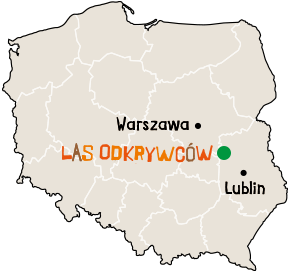A bit of root theory
Tree root systems can be broadly classified into three categories: taproots, oblique roots, and lateral roots.
The distinctive characteristics of a taproot system are formed by the Scots pine, Weymouth pine, Scots fir and the larch. Many deciduous trees with different root systems also initially develop a taproot system and in some instances, as seen with many types of oak and elm trees, retain their taproot system for decades. The development of a taproot system often depends on whether unobstructed root growth is possible, for example in areas with deep sands. Under adverse circumstances, the species-specific type of root system that you may expect to see, may differ from what actually develops.
The oblique (heart) root system is characterized by the presence of several highly developed roots that form even hemispheres and numerous branches. Typical heart root systems are formed by larches, Douglas firs, limes, birches and hornbeams.
The lateral (flat) root system consists of several highly developed shallow roots. These are roots that grow horizontally and often have a second vertical row of roots branching out from them. A good example of a tree with such a root system is the European Spruce, a member of the conifer family. Lateral root systems are also often formed by white pines, ashes and aspens.
Forest Fun Fact
The roots of deciduous trees grow into the soil more aggressively than those of conifers. Larches and Douglas firs are prime examples of trees with strong root systems, whereas, oaks and elms are trees with weaker root systems.
Now take a look at the top of our swings. Can you guess which system the roots belong to?

